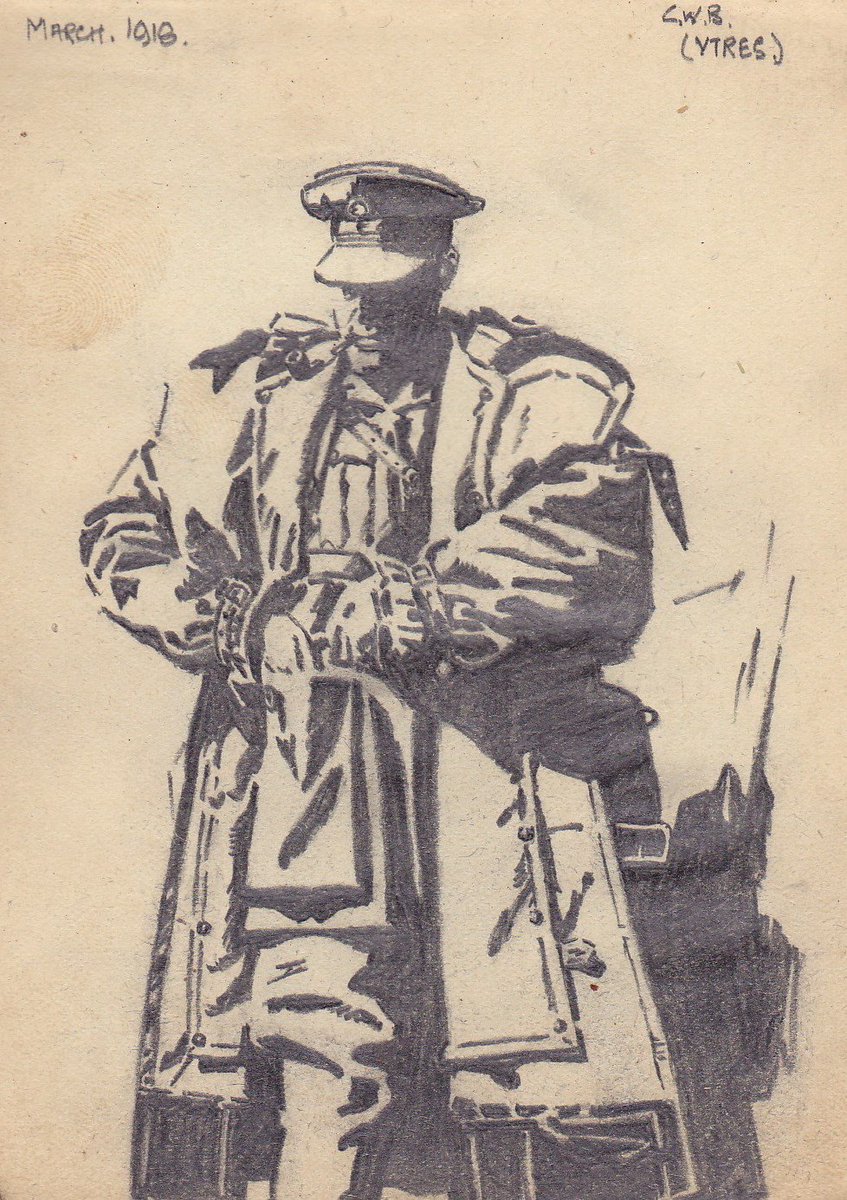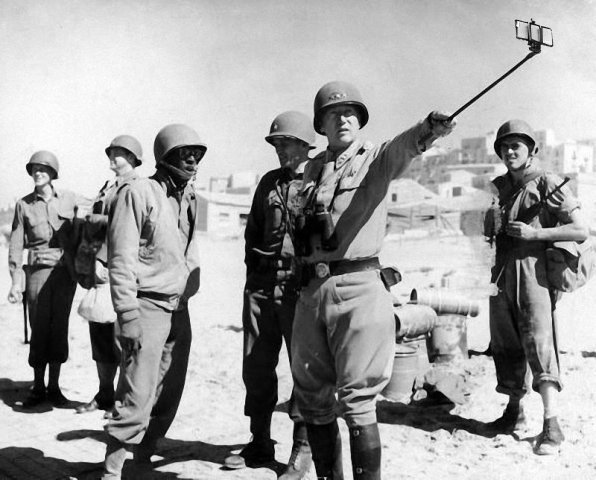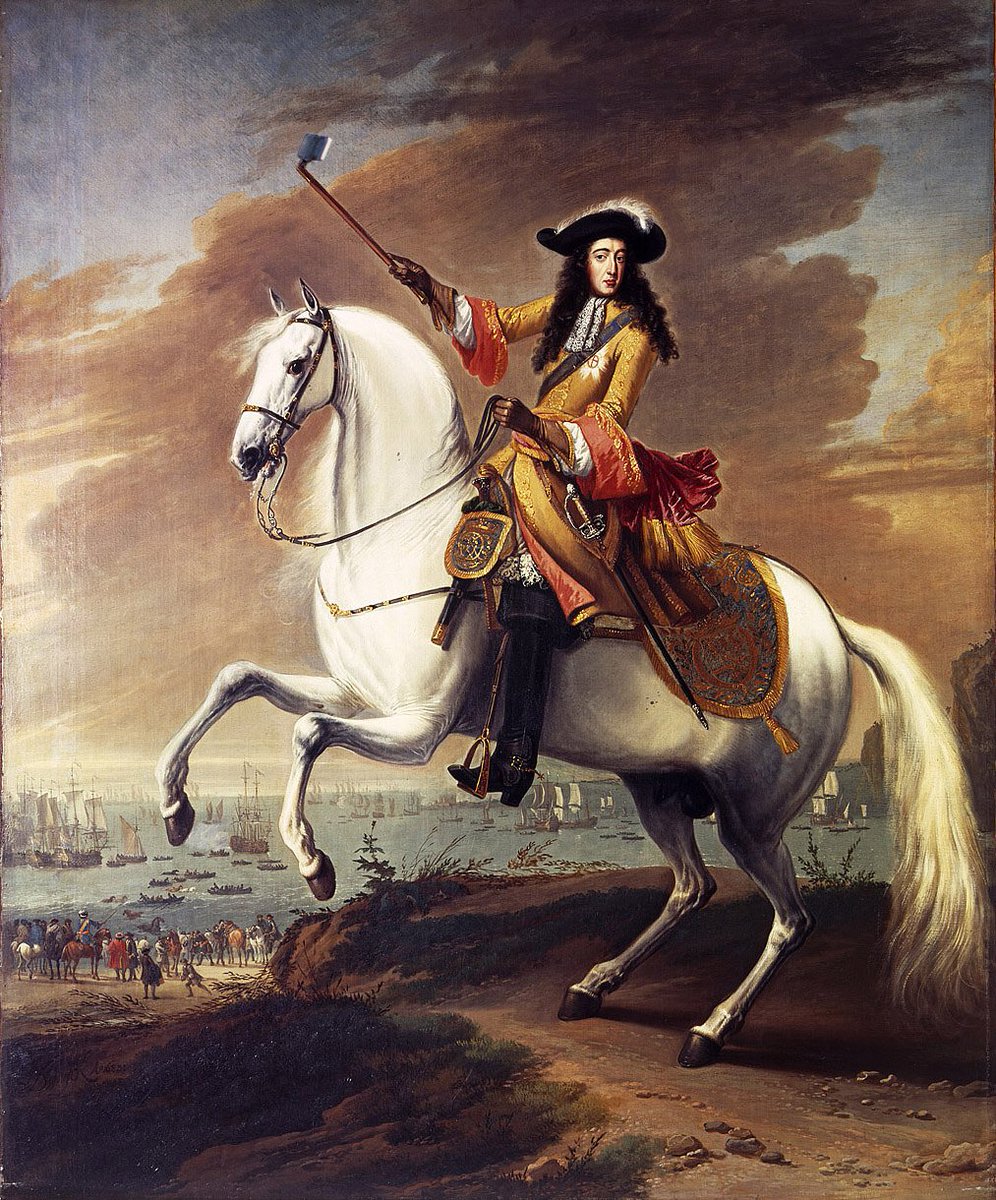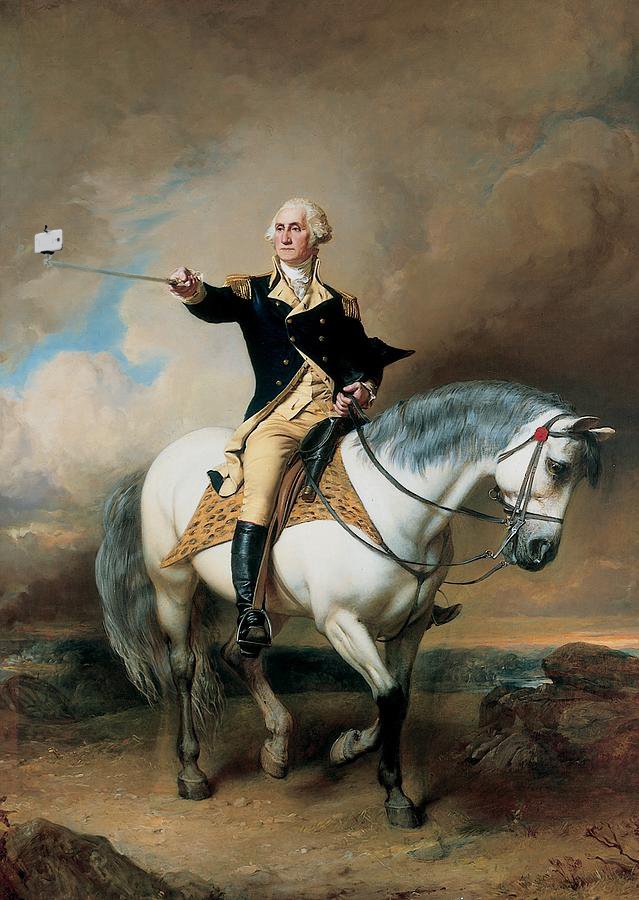Discover and read the best of Twitter Threads about #WW1
Most recents (7)
Okay. History time!
You've probably seen photos of Commonwealth war cemeteries, with rows of white graves. They're heartbreaking images.
What you DON'T see are the thousands of small, tragic stories on each gravestone.
So I'm going to share some with you here. /1 #history #WW1
You've probably seen photos of Commonwealth war cemeteries, with rows of white graves. They're heartbreaking images.
What you DON'T see are the thousands of small, tragic stories on each gravestone.
So I'm going to share some with you here. /1 #history #WW1

Right now, 100 years ago, Col. George C Marshall was staring at a map very much like the one below, save that he had no idea how far the massed US Army divisions would advance. It was the eve of America's largest battle: the Meuse-Argonne Offensive. And Marshall had planned it.
From the Aisne River to the Meuse River stood the largest US Army ever assembled in our history to that point. Fifteen divisions - 28k men each, twice the size of French & German divisions - stacked up, waiting for the word to go. Some were veterans. Most were very, very green.
Over 30 French divisions are stacked up to their left and right. The Americans, with 1.2 million troops now in France, have their own front. But it's a hell of a front: the Argonne Forest. Already a natural obstacle, it has been held by the Germans for 4 years. It is a fortress.
A red rose gathered between the trenches on the Western Front (Loos-Lens) in August 1915 by my 19 yr old grandfather, Charles (who lived on Shaftesbury Avenue) & sent home to his sweetheart, my grandmother May. It still has a faint sweet fragrance.#WW1 #OneCentenary100Stories 



He did come home & they got married & had 4 girls. They were blissfully happy until he died at 50, his heart weakened from being gassed. He was an avid filmmaker & we have colour films of him returning to the trenches in the 1920s, to visit the graves of his friends. 

Whilst my grandfather was at the Front, he also kept a sketch book in a little brown leather autograph book. This is a self-portrait at Ytres, March 1918. #WW1 #OneCentenary100Stories 

At 0100 this morning 100 years ago, thousands of US guns opened fire in a deafening crescendo of steel. In the 26th Division sector alone were 202 guns of all calibers, from trench mortars all the way up to massive railway guns. The St Mihiel Offensive had begun.
Across the lines, the guns paused for a five minute sound ranging an hour before the infantry advance. Germans who scrambled out of their dugouts to man defensive positions were caught in a hail of steel and high explosive when the bombardment resumed.
On the south end of the Salient, the @FightingFirst, 42nd, 89th, 2nd, 5th, 90th, and @82ndABNDiv (still legs) went over the top at 0500, attacking from south to northwest. US Renault FT17 tanks rolled forward over the wet ground in support of the infantry.
Intrigued by #Amiens100 but want to find out more about the battle and its contribution to the end of #WW1? This thread will provide a few recommendations to get you started...
John Terraine, 'To Win a War: 1918, the year of victory' (1978). Terraine made his name as one of very few historians to question the dominant narrative of the war as a futile bloodbath overseen by incompetent, obstinate 'donkeys' during the 1960s. 'To Win a War' represents...
Terraine's argument in its clearest form, building upon nearly two decades of refinement. However, it is largely based upon published accounts rather than archival material, and covers 1918 as a whole rather than just the Hundred Days. For those seeking a readable alternative...
The #selfie stick: a military history thread.
Selfie sticks have, of course, been around as long as the wheel. But despite this, their use in the military can only be traced back to the 17th century.
Selfie sticks have, of course, been around as long as the wheel. But despite this, their use in the military can only be traced back to the 17th century.

So excited to kick off day two of @WHN_WM conference with Deborah Thom’s keynote on Mary Macarthur, who is my Favourite Ever woman from history #voicesofwomen
Thom shows a watercolour image of a woman chainmaker in the Black Country, collected by Sylvia Pankhurst at the start of #WW1 #voicesofwomen 

Women chainmakers on strike just before WW1, all dressed in their best clothes 





